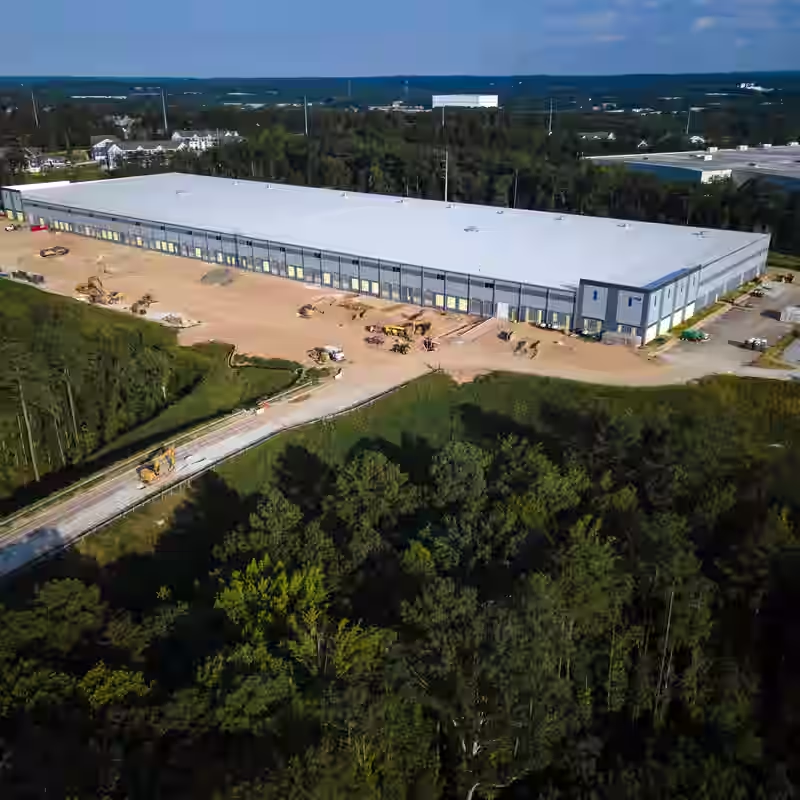The Green Energy Paradox of AI Boom
Artificial intelligence is powering the future—but it’s running on yesterday’s energy. Despite global climate pledges, more than half of U.S. data center electricity still comes from fossil fuels. Why?

Why Green Energy Isn’t Enough—Yet
Data centers never sleep. They demand 24/7 stable power, but solar and wind are intermittent. Even with massive battery banks, renewables can’t yet provide the consistent gigawatt-scale energy AI infrastructure requires.
Energy Source Comparison for AI Data Centers
| Energy Source | Pros | Cons | Deployment Time |
|---|---|---|---|
| Solar/Wind | Cheapest long-term, zero emissions | Intermittent; needs vast land + storage | 1–2 years (solar only) |
| Nuclear | Steady, carbon-free, compact footprint | Extremely high upfront cost; 7–8+ years to build | 7–8 years |
| Natural Gas | Reliable, scalable, fast to deploy | High CO₂ emissions; locks in fossil dependence | 1–2 years |
Staggering Scale: AI’s Power Hunger
- OpenAI’s Stargate Project: $500 billion AI infrastructure plan
- Nvidia pledged $100 billion to supply chips for AI data centers
- One gigawatt of solar = 12.5 million panels (~5,000 football fields)
- Top U.S. data centers will soon consume multiple gigawatts each
Policy Push vs. Climate Reality
President Trump’s administration has rolled back green-energy tax credits and fast-tracked fossil fuel projects, calling renewable mandates “radical climate dogma.” Meanwhile, tech giants like Microsoft, Google, and Amazon are investing in nuclear—but those plants won’t come online until the 2030s.
The Battery Bottleneck
“Batteries are great for shifting daytime electricity to evening—but not July electricity to January.”
— Matthew Bunn, Harvard Energy Policy Professor
What’s Next?
Until storage tech leaps forward or next-gen nuclear arrives, fossil fuels remain the default. But the race is on: tech companies are hedging bets with hybrid models—solar by day, gas by night—and exploring geothermal, hydrogen, and small modular reactors.




